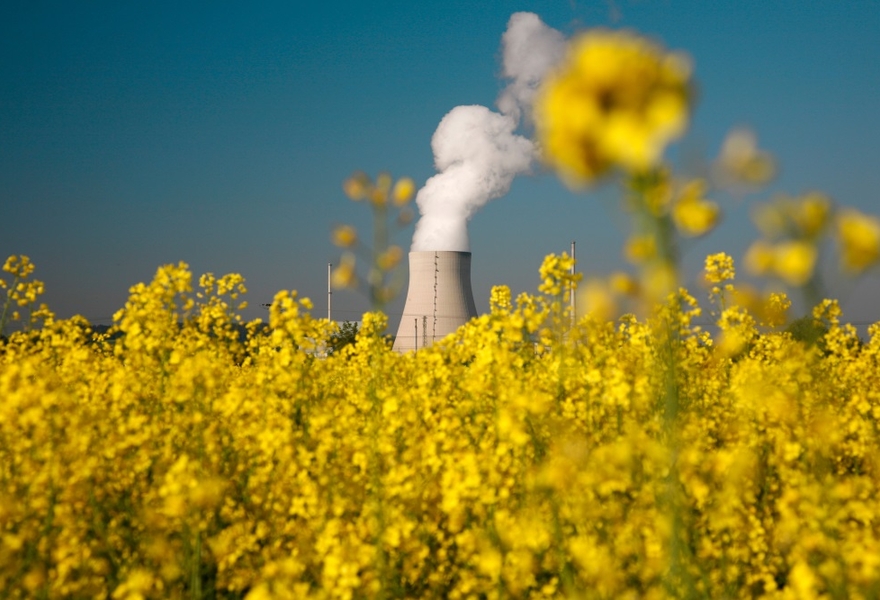IPCC lead author: Large removals of CO2 unavoidable for 1.5 degrees
MCC group leader Sabine Fuss highlights the need for rapid and ambitious near-term emission reduction to reduce the reliance on carbon removal.
08.10.2018
Berlin, 08/10/2018. In order to limit the global temperature rise to 1.5 degrees Celsius, large removals of carbon dioxide from the atmosphere will be necessary. This is one key result of the Special Report on Global Warming of 1.5°C of the Intergovernmental Panel on Climate Change (IPCC). Sabine Fuss of the Mercator Research Institute on Global Commons and Climate Change (MCC) is one of its lead authors. Although the 1.5 degree target is not unattainable, it poses enormous challenges for the international community in the coming years. However, the extent of CO2 extraction can be limited by profound changes on the demand side, such as reduced energy demand or lower meat consumption.
“The longer the world waits with ambitious climate protection measures, the more important carbon removal technologies become for the 1.5 degree target,” says Fuss, who leads the MCC working group Sustainable Resource Management and Global Change and holds a corresponding professorship at the Humboldt University Berlin. “A decisive and considerably faster reduction in emissions can, however, reduce the dependency on these technologies and practices.”
The removal of CO2 from the atmosphere plays a key role in the IPCC Special Report on 1.5°C published on Monday. The researchers have assessed the contribution of these technologies to climate change mitigation. Due to the low remaining carbon budget, the 1.5 degree target can no longer be achieved without them.
Carbon removal technologies include relatively common options, such as afforestation programs, in which the growing trees bind existing emissions from the atmosphere. There is also a method using minerals that – crushed into small particles and spread on agricultural land – can absorb CO2. The most discussed technology is “Bioenergy with Carbon Capture and Storage” (BECCS). Here, biomass is combusted, for example, in power plants while the released CO2 is immediately captured and stored in geological reservoirs.
The report shows that the respective CO2 removal technologies differ considerably in terms of costs, stage of development, long-term storage potential and side effects – the latter including, for example, increased land use, water consumption or energy demand. “If these technologies are to be applied on a large scale, they will often face clear limits,” says Fuss. “This is why climate protection which relies heavily on CO2 removal is currently debated controversially and faces large challenges with respect to public acceptance.”
Against this backdrop, the IPCC Special Report also stresses the growing importance of the demand side. Energy- and land-saving measures can make a difference. Drastic savings on the demand side can at best limit CO2 removal to 100 gigatonnes by the end of the century. “However, demand-side solutions also raise questions of acceptance and thus of feasibility. We need to assess the different options carefully,” says Fuss.
In the forthcoming Sixth IPCC Assessment Report (AR6), there will be a distinct chapter on demand-side solutions. It will be led by Felix Creutzig, who heads the MCC working group Land Use, Infrastructure and Transport. The AR6 will be published in 2021/22.
More information on the IPCC Special Report on 1.5°C Global Warming






